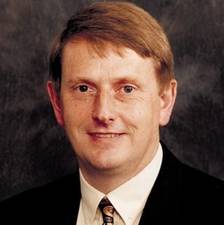Institute of Circuit Technology - Hayling Island Seminar
September 15th 2010
Hayling Island, a small island off the south coast of England, connected to the mainland by a road bridge, with Langstone Harbour to the west and Chichester Harbour to the east, was the venue for the Institute of Circuit Technology Southern Area Evening Seminar on 15th September 2010. ICT Chairman, Professor Martin Goosey, welcomed delegates and gave a brief history of the Institute, now in its 37th year, its aims and objectives and future plans. Presentation: Martin Goosey pdf
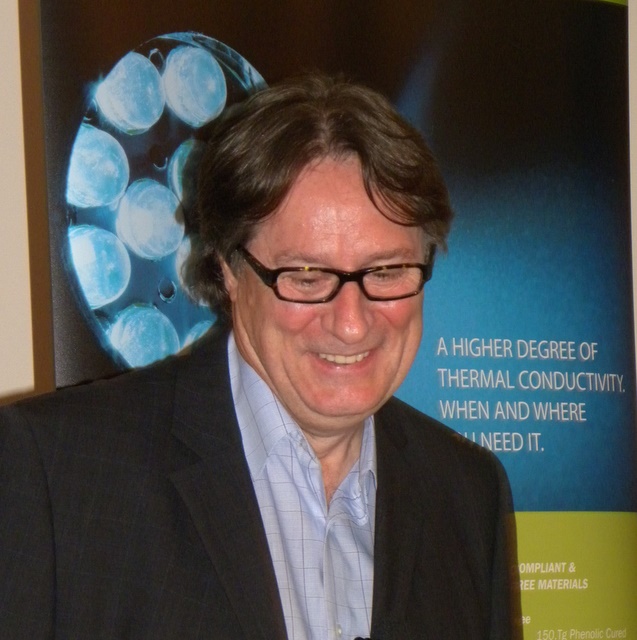
Les Round of Spirit Circuits gave the first presentation. He described the physical characteristics of insulated metal substrates and gave a practical overview of applications and processing techniques. With an opening statement that the failure rate of electronic devices doubles with every 10°C rise in temperature, he explained that the rapid market growth in LED lighting, power solutions, electric cars and LED-backlit LCD televisions had created a demand for metal-back printed circuits to aid heat dissipation. Insulated metal substrate materials were now available from at least 10 different suppliers, and the fabrication of metal-back boards was becoming a substantial niche area of specialist PCB manufacture. Aluminium was established as the most popular backing metal where unit cost and weight were primary considerations, but copper offered better thermal conductivity together with the opportunity to expansion-match designs with heavy copper circuit features. Fabrication of simple metal-back circuits followed the general process route of traditional single-sided PCB manufacture, albeit with some detail differences, and plated-through and multilayer constructions were practicable. It was important for designers to appreciate material cost, and to design with a view to maximising material utilisation from a 24” x 18” panel. Presentation: Les Round pdf
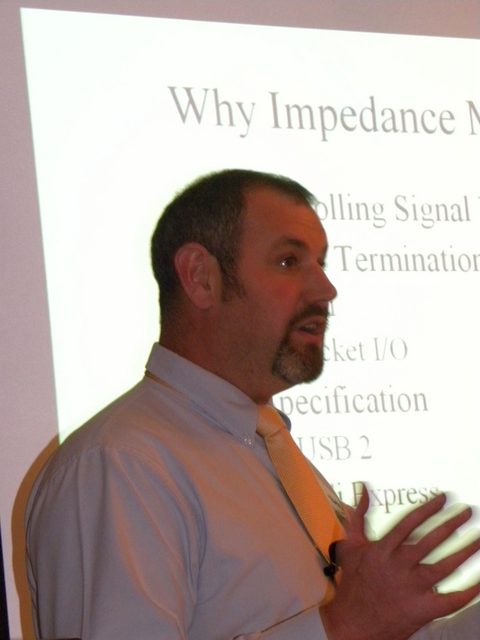 Neil Chamberlain from Polar Instruments talked about controlled impedance, loss simulation and test, and the products which have been developed to help designers and fabricators simulate trace geometries, make accurate prediction of impedance and communicate clearly documented stack-up information to each other. Accurate modelling was critically important, even though in practical terms the models were inevitably wrong as a consequence of local variations in glass-to-resin ratio in FR4 multilayer constructions, where the laminating process tended to result in a predominace of resin between traces. In other words, the nominal dielectric constant of a material was not in fact constant and this needed to be taken into account in the simulation and realistic tolerances applied. Looking to the future, the trend to ever-finer line widths and higher operating frequency would result in increased dielectric loss and skin loss, and lines could no longer be presumed lossless from a modelling and testing perspective. Impedance would not be a good enough measure, and attenuated loss measurement would be necessary. Suitable equipment had already been developed in order to make the actual testing easy and robust, but test coupon designs were more complex than impedance coupons. Presentation: Neil Chamberlain pdf
Neil Chamberlain from Polar Instruments talked about controlled impedance, loss simulation and test, and the products which have been developed to help designers and fabricators simulate trace geometries, make accurate prediction of impedance and communicate clearly documented stack-up information to each other. Accurate modelling was critically important, even though in practical terms the models were inevitably wrong as a consequence of local variations in glass-to-resin ratio in FR4 multilayer constructions, where the laminating process tended to result in a predominace of resin between traces. In other words, the nominal dielectric constant of a material was not in fact constant and this needed to be taken into account in the simulation and realistic tolerances applied. Looking to the future, the trend to ever-finer line widths and higher operating frequency would result in increased dielectric loss and skin loss, and lines could no longer be presumed lossless from a modelling and testing perspective. Impedance would not be a good enough measure, and attenuated loss measurement would be necessary. Suitable equipment had already been developed in order to make the actual testing easy and robust, but test coupon designs were more complex than impedance coupons. Presentation: Neil Chamberlain pdf
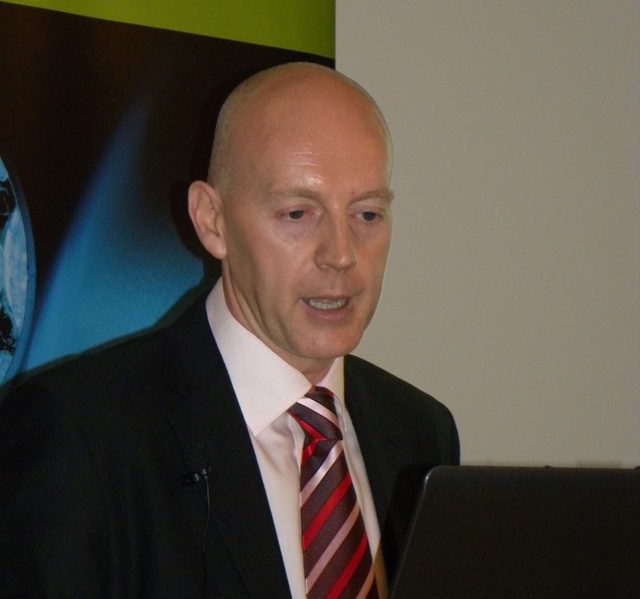 Martin Randall reported the progress of the introduction of a Lean Manufacturing culture into Spirit Circuits, an initiative taken at the beginning of 2010 with a staff awareness day followed by the appointment of an experienced Lean practitioner as facilitator, and which was already showing positive results and a culture change within the company. Spirit’s objectives were primarily to improve quality, eliminate waste, save time and reduce cost, initially by concentrating on visual management and the introduction of a 5S philosophy. He showed before-and-after examples of improvements that had been made in factory layout and work practices, and the key performance factors such as on-time delivery, customer complaints and internal yields which Spirit used to monitor and measure he results of their Lean system. He admitted that the biggest problem was not in introducing the changes but in maintaining them, and that it was not actually Lean processes which got the results, but the pride and commitment of the people in an area to maintain the improvement and not allow a decline in standards. As part of the ongoing programme of 5S and value stream mapping, Spirit intended to extend Lean principles beyond manufacturing and into their sales and engineering departments. Presentation: Martin Randall pdf
Martin Randall reported the progress of the introduction of a Lean Manufacturing culture into Spirit Circuits, an initiative taken at the beginning of 2010 with a staff awareness day followed by the appointment of an experienced Lean practitioner as facilitator, and which was already showing positive results and a culture change within the company. Spirit’s objectives were primarily to improve quality, eliminate waste, save time and reduce cost, initially by concentrating on visual management and the introduction of a 5S philosophy. He showed before-and-after examples of improvements that had been made in factory layout and work practices, and the key performance factors such as on-time delivery, customer complaints and internal yields which Spirit used to monitor and measure he results of their Lean system. He admitted that the biggest problem was not in introducing the changes but in maintaining them, and that it was not actually Lean processes which got the results, but the pride and commitment of the people in an area to maintain the improvement and not allow a decline in standards. As part of the ongoing programme of 5S and value stream mapping, Spirit intended to extend Lean principles beyond manufacturing and into their sales and engineering departments. Presentation: Martin Randall pdf
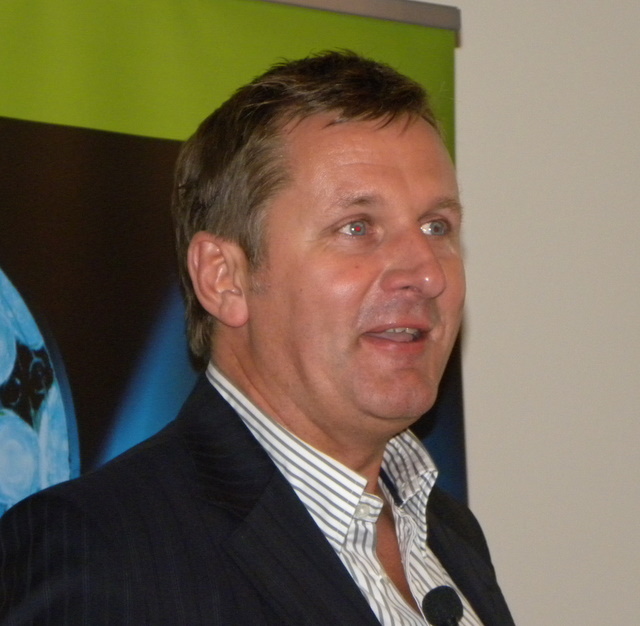 Never one to be bound by tradition, nor afraid of being controversial, Spirit Circuits MD Steve Driver gave his thoughts on the UK market, the future of UK PCB manufacturing, and how to keep it in the UK. He used BPA figures as a reference: in 2000, the UK market for PCBs was $US884 million. By 2009, this had shrunk to $US202 million, of which 45% was military and aerospace and 33% industrial instrumentation and controls. Looking back to the beginnings of the industry which had evolved out of Paul Eisler’s original invention, Driver designated the 1950-1970 period the Generation of Pioneers, the1970-1990 period the Generation of Engineers, the 1990-2010 period the Generation of Mavericks, and looked for a label for the Fourth Generation from 2010 onwards. He chose to call it the Generation of Thinkers, and turned the “Don’t just sit there - do something” philosophy on its head: “Don’t just do something – sit there”, in other words don’t rush off and do things before you’ve sat down and thought the thing through. Driver’s theme for Spirit in 2010 was “Think 10”, effectively a challenge to his team to think creatively and innovatively, and many beneficial initiatives had arisen as a result. He believed there to be a good future for the UK printed circuit industry, although further consolidation was inevitable, The overall market had contracted but the number of part numbers continued to increase and the quick-turn prototype market was particularly buoyant. There would be new technologies to address and new processes and materials to come to terms with. “Change will happen – it always does!” Using the Change House model to illustrate his final point, of the four rooms of change – contentment, denial, confusion and renewal – he recommended staying well away from the room of contentment and remaining always in the room of renewal. Presentation: Steve Driver pdf
Never one to be bound by tradition, nor afraid of being controversial, Spirit Circuits MD Steve Driver gave his thoughts on the UK market, the future of UK PCB manufacturing, and how to keep it in the UK. He used BPA figures as a reference: in 2000, the UK market for PCBs was $US884 million. By 2009, this had shrunk to $US202 million, of which 45% was military and aerospace and 33% industrial instrumentation and controls. Looking back to the beginnings of the industry which had evolved out of Paul Eisler’s original invention, Driver designated the 1950-1970 period the Generation of Pioneers, the1970-1990 period the Generation of Engineers, the 1990-2010 period the Generation of Mavericks, and looked for a label for the Fourth Generation from 2010 onwards. He chose to call it the Generation of Thinkers, and turned the “Don’t just sit there - do something” philosophy on its head: “Don’t just do something – sit there”, in other words don’t rush off and do things before you’ve sat down and thought the thing through. Driver’s theme for Spirit in 2010 was “Think 10”, effectively a challenge to his team to think creatively and innovatively, and many beneficial initiatives had arisen as a result. He believed there to be a good future for the UK printed circuit industry, although further consolidation was inevitable, The overall market had contracted but the number of part numbers continued to increase and the quick-turn prototype market was particularly buoyant. There would be new technologies to address and new processes and materials to come to terms with. “Change will happen – it always does!” Using the Change House model to illustrate his final point, of the four rooms of change – contentment, denial, confusion and renewal – he recommended staying well away from the room of contentment and remaining always in the room of renewal. Presentation: Steve Driver pdf
Professor Goosey acknowledged the generosity of Spirit Circuits in supporting the seminar, one of the best-attended ICT evening events in recent memory with over 100 delegates present, and a particularly successful networking opportunity - old acquaintances were renewed and many new contacts were established. Lively discussion continued late into the evening.
Pete Starkey
September 2010



